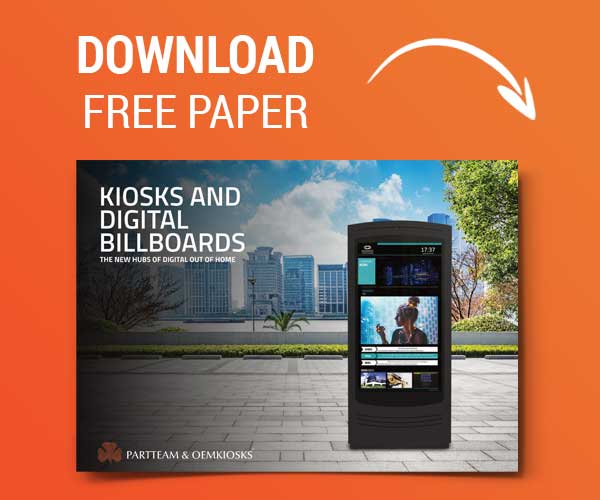Zoo in the United Kingdom invites to a dynamic experience with Digital Billboard from PARTTEAM & OEMKIOSKS
Aiming to expand borders, PARTTEAM & OEMKIOSKS developed and produced a Digital Billboard of the PLASMV model for a Zoo in the United Kingdom. This was a project conceived with an international partner.
This Digital Billboard PLASMV for outdoor is extremely advantageous, as it includes QR Code reader and Canon M50 camera, with an adjustable stand developed by PARTTEAM & OEMKIOSKS.
The equipment installed here contributes to the development of Smart Cities, which use these technologies to provide citizens with the best solutions for their daily needs and to ensure a better future with more opportunities – namely through PARTTEAM & OEMKIOSKS' Digital Billboards.
Therefore, there are several benefits of this Digital Billboard and Smart Cities that can be listed:
- Immersive and interactive environment;
- Improved user experience;
- More attractive communication;
- Ease of adaptation to customer needs;
- Alternative to traditional forms of communication dissemination.

The PLASMV model is based on an interactive technology and was developed to be used anywhere and for any type of application. Modern and versatile, this Digital Billboard aims, especially, to disseminate dynamic advertising content.
Attracting, informing and building consumer loyalty with a digital solutions strategy is definitely a good investment.
Present in more than 50 countries, PARTTEAM & OEMKIOSKS continues to take innovation Made In Portugal to the whole world, being today a reference in the global market, with products and technological solutions for various market sectors.


Contribute to the development of smart cities with state-of-the-art technology
Download for free.